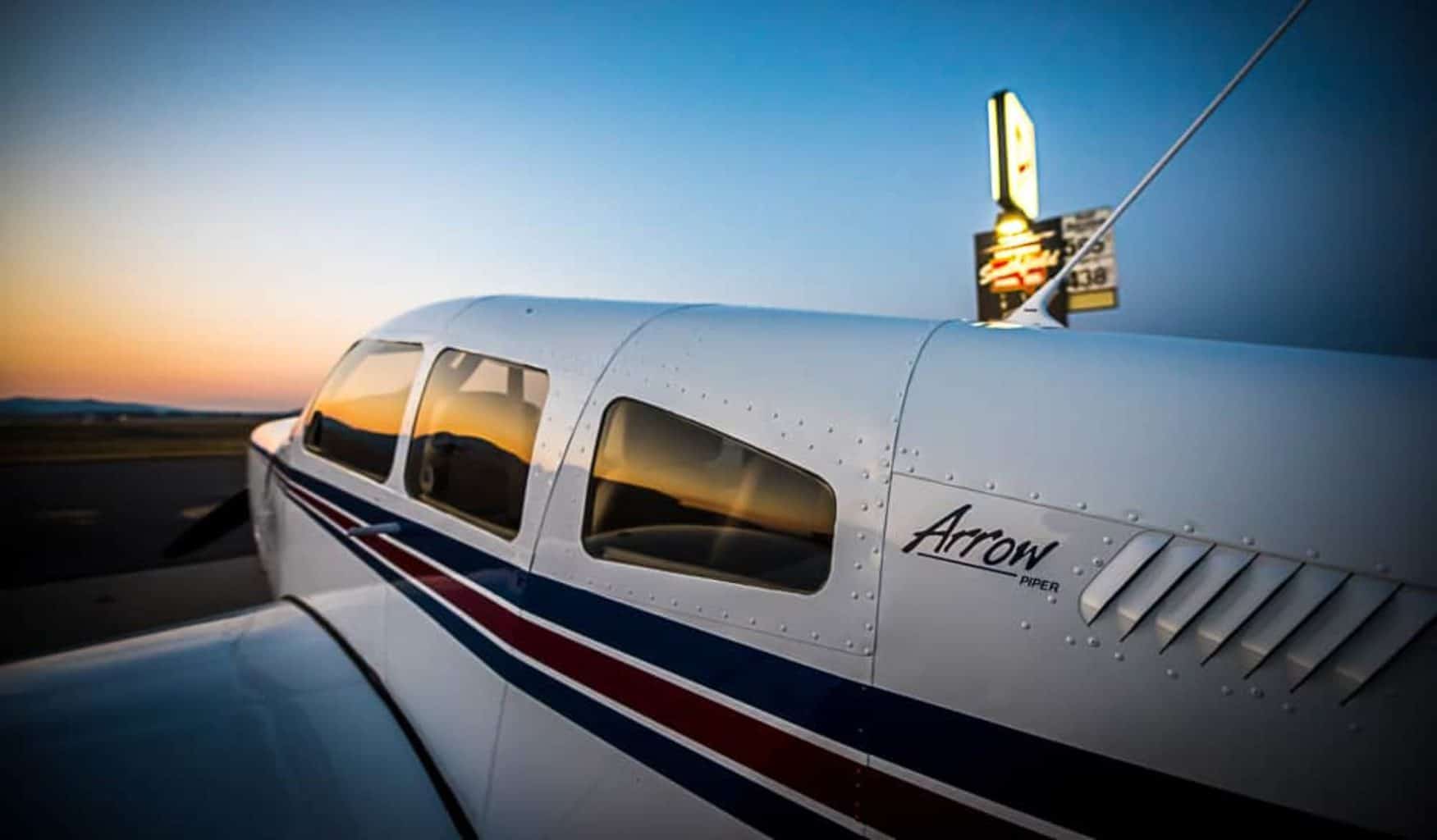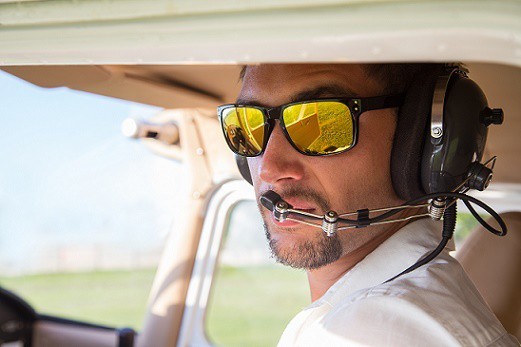How To Get A Private Pilot’s License From A Flight School
The continuous advancement in the technology for the past hundred years has made aircraft safer and easier to use. In fact, flying has become open to almost everybody who can afford to get a Private Pilot’s License (PPL). Getting this license extends a person’s career and enables him or her to run personal flights.
A PPL is a certificate that allows individuals to serve as a pilot in command of a helicopter or airplane for private use. A person needs to have a comprehensive qualification to get this pilot’s license, which includes both ground-based studies and practical flight training. He or she also needs to pass the final flight test in order to obtain his/her pilot’s license.
The type of Pilot’s License that a person receives will depend on the kind of aircraft that he or she wants to fly. A PPL has many categories and classes, but average student usually begins with a small single engine airplane. This article provides the basic steps on how to get a private pilot’s license for a single engine aircraft.
Take An Orientation Flight For Your Pilot’s License
The staff of a flight school will start by making an orientation flight with potential customers to expose them to the experience of flying. This step gives them a chance to evaluate themselves on how their mind or body responds, including the fear of height or nausea. Although many people experience these symptoms and sensations for the first few flights, the feelings tend to fade away depending on a person’s determination, body, and the decision to continue.
Getting Third-Class Medical And Student Pilot’s License
Anybody can start flight without age restriction in the USA. However, a person must be at least sixteen years to have the FAA permission to fly solo for an aircraft, provided he or she have a medical and a license from an authorized Aviation Medical Examiner (AME).
- Third Class Medical
An AME needs to examine a person’s physical state and then gives the appropriate recommendations. People can get a list of their local examiners from the FAA website.
- Student pilot license
Individuals need to comply with 14 CFR 61.83. Then need to be of eligible age and be able to understand, speak, read, and write the English language.
Organize for the training
The students should then plan on how to get a Certified Flight Instructor (CFI) and an aircraft. One may decide to enroll in a recognized flight-training program, especially when he or she needs both a degree and the license.
Perform pre-solo flight training
The CFI will train the students based on the standards provided by 14 CFR 61.87. They will only follow the sections (a), (b), (c), (d) and (n) for a single engine plane. It involves the following:
- Aeronautical knowledge
The CFI should administer a written test to the students to examine their competence to operate the aircraft by themselves.
- Procedure and maneuvers for this training
The paragraph 14 CFR 61.87(d) specifies maneuvers that the CIF should demonstrate to them such as the pre-flight procedures, takeoff, stalls, turns and landing.
Perform post-solo flight training
After the students are through with their solo training, they are left with a few key flight training exercises to complete. In this step, they will meet the Aeronautical Experience requirement as outlined under 14 CFR 61.109(a), which the minimum experience they need to obtain a PPL.
The students must log at least forty hours of flying time. This minimum time must include at least ten hours of solo flight training and twenty hours from an authorized instructor.
Take the FAA test
After the instructor is through with the students, the students need to take a written exam from a licensed test provider or FAA testing centers that consist of sixty multiple-choice questions. The pass mark for this written knowledge test is usually 70%.
Take the “check ride” exam
After the instructor feels that the students have mastered all the requirements, a certified FAA examiner will accompany the instructor to assess the student’s’ ability and ask them questions. The examiner follows the FAA document, known as the Practical Test Standards” that provide the exact requirements for this test.
Receiving a Private Pilot’s License
FAA will offer those students who pass the two exams will receive the PLL with a visual flight rules rating. It will allow them to pilot a single-engine airplane in good visibility at night or during the day as long as they abide by the federal aviation regulations or FARs about their license.


